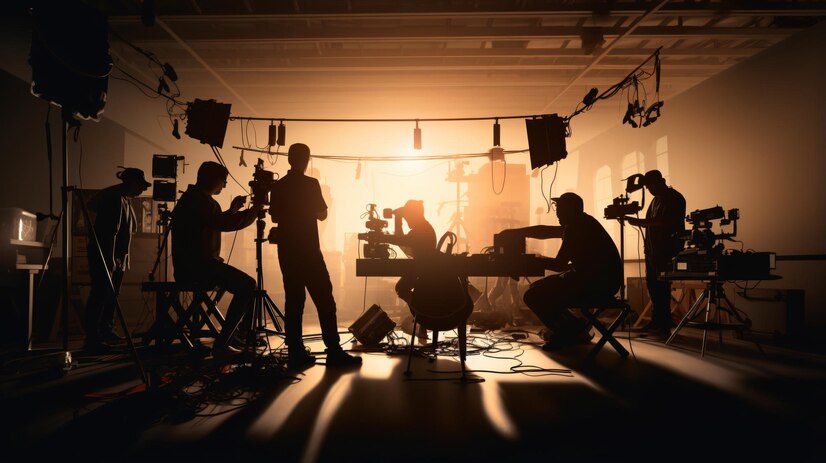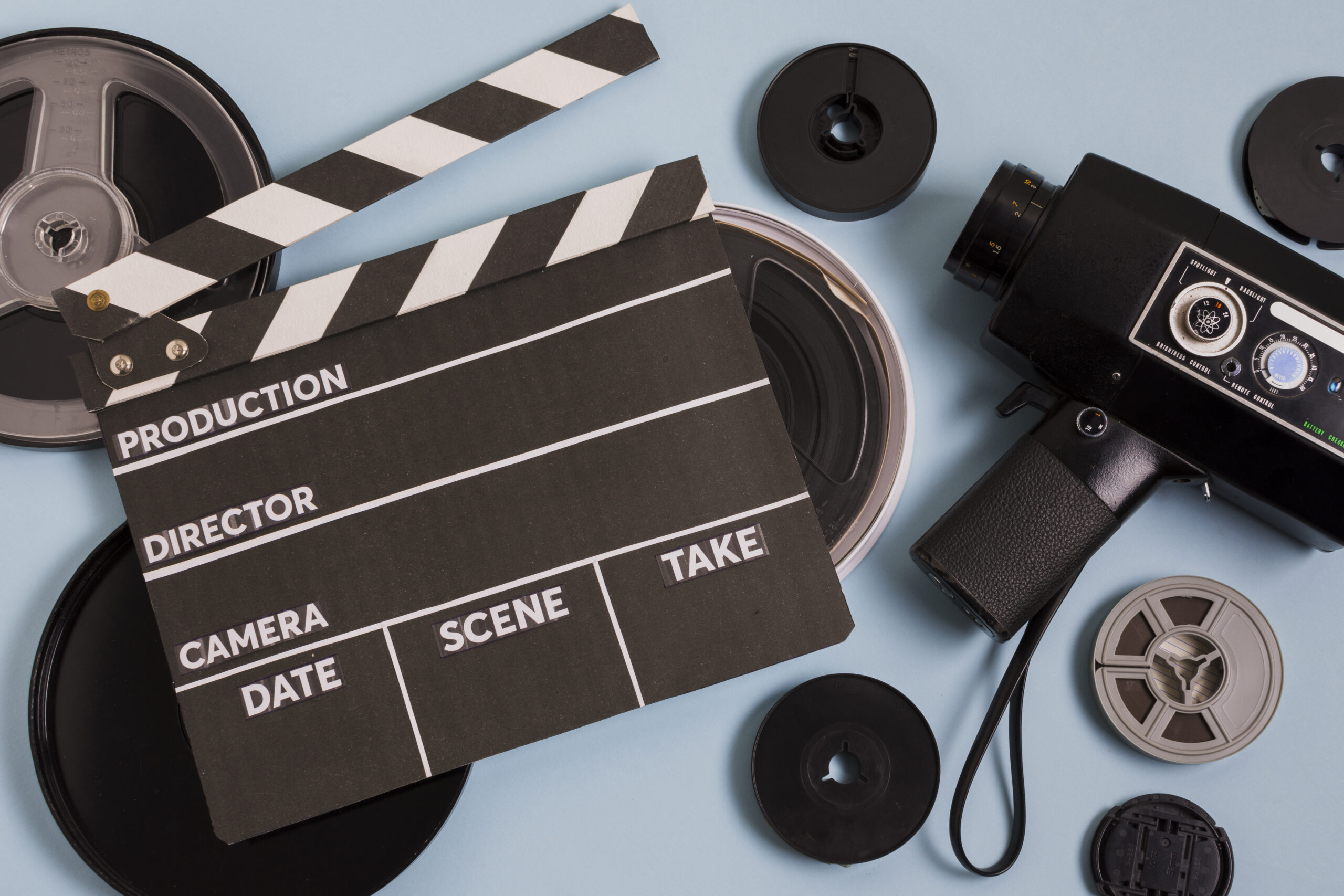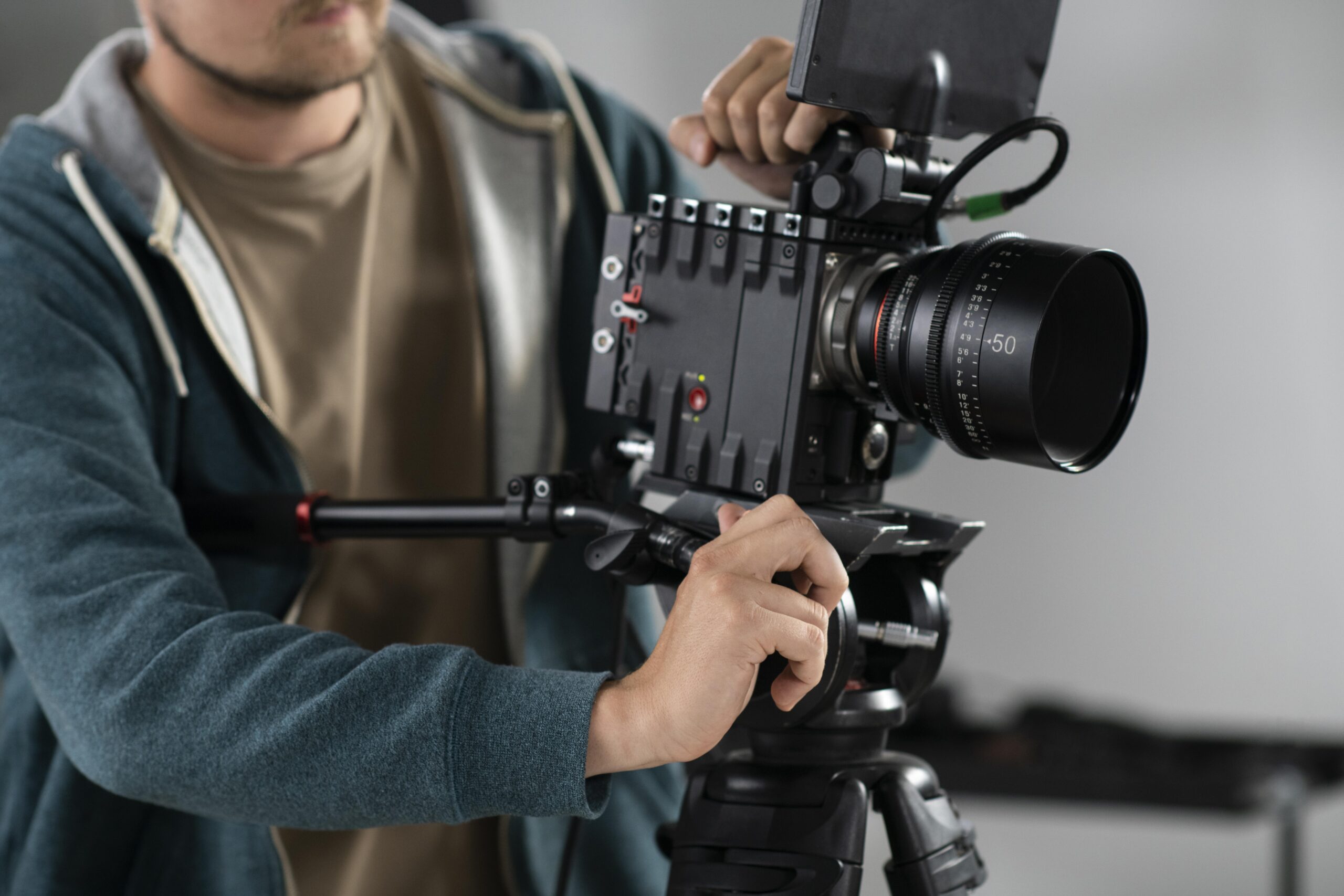Unlocking Cinematic Storytelling’s Power: 7 Crucial Film making Concepts for Stunning Visual Narratives
In order to attract people, the art form of cinematic storytelling combines visual aesthetics, narrative depth, and emotional relevance. Knowing the fundamentals of cinematic narrative may improve your work as a director, no matter how experienced you are, and provide audiences with unique and lasting experiences. “Unlock the Power of Cinematic Storytelling: 7 Essential Film making Concepts for Captivating Visual Narratives” provides a thorough manual for understanding these ideas and realizing how they may change a story. Let’s examine each idea in more detail and see how it helps to produce visually engaging stories.
Table of Contents

Composition of Images:
Visual composition, or the arrangement of things within the frame to create feelings and transmit meaning, is at the core of cinematic narrative. Filmmakers can create views that purposefully direct viewers’ gaze and pull them into the story by grasping compositional techniques like the rule of thirds, leading lines, and symmetry. Filmmakers may create visuals that have an impact long after the credits have rolled by mastering visual composition, whether it’s through intimate close-ups that reveal people’ feelings or establishing shots that set the atmosphere.
Ambience and Lighting:
Light is a significant tool for sculpting mood, atmosphere, and character dynamics in addition to being an illumination source. Filmmakers can enhance emotional impact and narrative depth by adding tension, intimacy, or surrealism to situations by the manipulation of light intensity, direction, and color temperature. Lighting establishes the mood for cinematic storytelling, allowing viewers to feel as much as they see, whether it is through the eerie shadows of a noir film or the gentle brightness of a romantic sunset.

Narrating a Story with Camera Movement:
The camera is an active participant in the storytelling process rather than just a spectator. Filmmakers can envelop spectators in the ebb and flow of the story by using deliberate camera movement to portray viewpoint, urgency, and rhythm. Examples of this include smooth tracking shots, dynamic pans, and immersive handheld sequences. Filmmakers can heighten suspense, uncover hidden facts, and advance the plot with cinematic flare by carefully planning and executing movement choreography.
Music and Sound Design:
The unsung hero of cinematic storytelling is sound, which adds layers of atmosphere, emotion, and narrative subtext to images. Filmmakers can build audio landscapes that heighten suspense, enhance immersion, and elicit visceral reactions by using careful sound design and musical composition. The emotional impact of visual tales is enhanced by sound design and music, which connects with spectators on a primitive level. Examples of this include the foreboding hush of a tense thriller and the swelling crescendo of an epic conclusion.

Developing Characters with Visual Narrative:
Every frame in a cinematic work of fiction offers a chance to enhance character growth and improve story arcs through visual storytelling. Every visual aspect conveys subtleties of personality, drive, and inner conflict, from item selection and clothing design to face expressions and body language. Filmmakers can create strong emotional bonds with audiences by using visual signals to highlight a character’s depth and complexity. This allows them to communicate universal truths outside the realm of words.
Metaphors and Symbols:
Cinematic storytelling allows for symbolism and metaphor to be explored behind the surface narrative, allowing viewers to decipher deeper levels of meaning and thematic relevance. Filmmakers can add depth and richness to their storytelling by using visual allegories, recurrent themes, or symbolic imagery, which encourages audiences to participate both emotionally and intellectually. Filmmakers can elicit significant insights and stimulate thought long after the credits have rolled by using symbolism and metaphor into their storytelling, which transcends literal interpretation.

Narrative pacing and editing:
Editing, the last phase of cinematic storytelling, determines rhythm, tempo, and emotional effect while transforming uncut video into a coherent story. Filmmakers can employ careful editing, transitions, and montage sequences to adjust viewpoint, time, and space in order to create suspense, increase tension, and provide emotionally charged moments. Filmmakers who are skilled in editing can combine seemingly unrelated sequences to create a cohesive narrative that engages viewers long after the last frame of the film has been seen.
Film Making Concepts:
A guide for learning the craft of cinematic storytelling and realizing its transformative potential is provided by “Unlock the Power of Cinematic Storytelling: 7 Essential Film making Concepts for Captivating Visual Narratives”. Filmmakers may improve their craft and provide spectators with life-changing cinematic experiences by adopting these ideas, which range from editing and sound design to visual composition and lighting. Brilliko Institute of Multimedia provides knowledge about film making concepts. Now grab your camera, let your imagination run wild, and set off on a quest to discover the potential of cinematic narrative.




